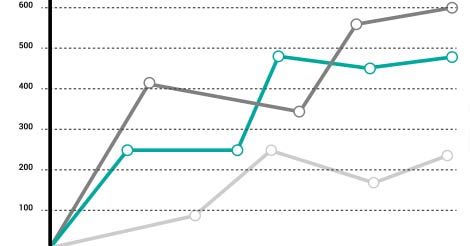Health Statistics Of India
Health Statistics Of India
Report of the National Commission on Macroeconomics and Health, Ministry of Health & Family Welfare, Govt. of India August 2005

"Prevention of diseases, particularly non-communicable diseases that are expensive to treat, is the most cost-effective strategy for a country facing scarce resources."
Almost 38 million deaths occurred due to non-communicable diseases ( NCDs) each year. In that 16 million deaths occur before the age of 70 & 82% of these premature deaths occurred in low- and middle-income countries.
The World Health Organisation (WHO) indicates that India ranks very high among the nations affected by the rising wave of premature deaths caused by non-communicable diseases, which account for 60% of all deaths in India.
Non-communicable diseases are also known as chronic diseases. They are of long duration and generally progress slowly. Examples include cardiovascular diseases, cancers, chronic respiratory diseases and diabetes .Non communicable do not spread from person to person..
In India, roughly 5.8 million Indians die because of diabetes, cancer, stroke, heart and lung diseases each year. In other words, out of 4 Indians 1 has risks dying from an NCD before the age of 70.
About 1.7 million Indian's deaths caused by heart diseases every year, according to the World Health Organisation.
Health data shows that roughly 16 lakh people suffer from stroke throughout India.
2014, the incidence of cancer in India was 70-90 per 100,000 populations. Data shows that cancer prevalence is established to be around 2,500,000 (2.5 million) with over 800,000 new cases and 5,50,000 deaths occurring each year.
Latest statistics show that diabetes is fast gaining the status of a potential epidemic in India with more than 62 million diabetics in the country . And it is predicted that by 2030 diabetes mellitus may afflict up to 79.4 million individuals in India.
According to International Diabetes Federation (IDF) 1 in every 10 adults will have diabetes in 2030.
Study to find prevalence of diabetes & hypertension revealed that 80% people had abdominal obesity.
Price-Waterhouse-Coopers predicted that in 2025, an estimated 18.9 crore people in the country will be more than 60 years of age, needing higher healthcare expenditure.
By the end of 2025, India will need as many as 17.5 crore additional beds according to a combined study by an industry body and Ernst & Young.
In India, 3.2 crore people go below the national poverty line by spending on healthcare out of their own pockets in a single year.
The poorest 10% of the population rely on sales of their assets or on borrowings, entailing inter-generational consequences on the family's ability to access basic goods and affecting their long-term economic prospects.
Out of total expenditure on healthcare, more than 70% goes out of the patient's pocket. The rest is probably paid by the Government and insurance companies.
Through a healthy diet, regular physical activity, avoiding the use of tobacco and alcohol abuse, and preventive screening at least 80% of premature deaths from heart diseases and strokes and 40% of cancer can be prevented.
References:
- Healthcare in India, Emerging Market Report 2007 - PricewaterhouseCoopers
- Kaplan NM. Systemic hypertension: Treatment. In: Bonow RO, Mann DL, Zipes DP, Libby P, eds. Braunwald's Heart Disease: A Textbook of Cardiovascular Medicine. 9th ed. Philadelphia, Pa: Saunders Elsevier; 2011:chap 46.
- Medical Industry Diagnosis: Triage for Health Care and New Vision for Life Sciences
- IDF Diabetes Atlas - International Diabetes Federation





